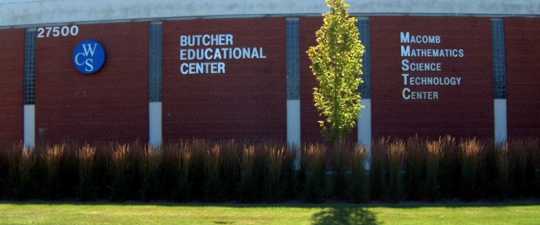
METRO GREEN IDEAS TAKE OFF
By KATHERINE YUNG
FREE PRESS BUSINESS WRITER
For Detroit Metro Airport, 2010 is shaping up to be a green year.
Michigan’s busiest airport and Delta Air Lines’ second-largest hub will be embarking on a number of ini tiatives designed to reduce its ener gy use and help the environment. If everything pans out, the airport could wind up slicing $900,000 a year from its operations, savings that could result in lower costs for airlines that operate at Metro.
“We are asking, ‘What is out there that we can do?’ ” said Jon Hypnar, the airport’s senior vice president of facilities, maintenance and planning.
The airport is developing a green strategy. But it already has identi fied several projects it will under take over the next year, including:
■ Adding LED lights: The airport al ready has installed nearly 5,000 blue LED lights for the edges of its taxi ways. The lights are expected to reduce airport energy consumption by 41%. Plans are in the works to re place the 6,800 light fixtures in the airport’s two parking decks with LED lights as well.
■ Doing away with plastic: Airport officials are considering switching to biodegradable cups, plates and utensils for passengers inside the terminals.
■ Reducing deicing fluid for roads: At a few nonpublic roads, the airport has been covering the pavement with Safe Lane, a surface overlay made of crushed stones, gravel and other materials developed at Michi gan Technological University that reduces the need for deicing fluid by 50%. Unlike cities, the airport can’t use salt on its roads and ramps be cause it corrodes airplanes. Next summer, Safe Lane will be added to some public ramps leading from the airport to Eureka Road.
■ Making use of its stormwater: The airport collects water from storms and rains at four ponds. Airport offi cials are looking into using this wa ter for irrigation of its property and to help cool the large towers used for its heating, ventilation and air-con ditioning systems.
■ Exploring alternative power sources: Like other businesses, the airport also is trying to generate some of its power using small wind turbines. It has experimented with non-photovoltaic solar panels but found the airport didn’t get enough sunlight to make this technology practical for widespread adoption.
It’s no surprise that airports are heavy energy users. Metro alone spends $29 million a year, or about 15% of its operating expenses, on natural gas, water and electricity.
Since the mid-’90s, the airport has taken several steps to help the environment, such as recycling deic ing fluid used on airplanes and in stalling a building management sys tem in its North Terminal that uses sensors to adjust lights and heating and air-conditioning levels through out the day.
But airport officials are now tak ing a more aggressive approach. “We have to stop thinking in the same old way,” Hypnar said.

No comments:
Post a Comment